Travelling around India conjures up images of towering temples, great palaces and magnificent forts.
While these man-made wonders of India are no doubt impressive, the country is equally blessed in spectacular natural wonders.
Having such a vast landscape and diverse habitat/weather conditions, India consequently has an amazing diversity of wildlife – including a great variety of birds. This great variety has obviously not gone unnoticed!
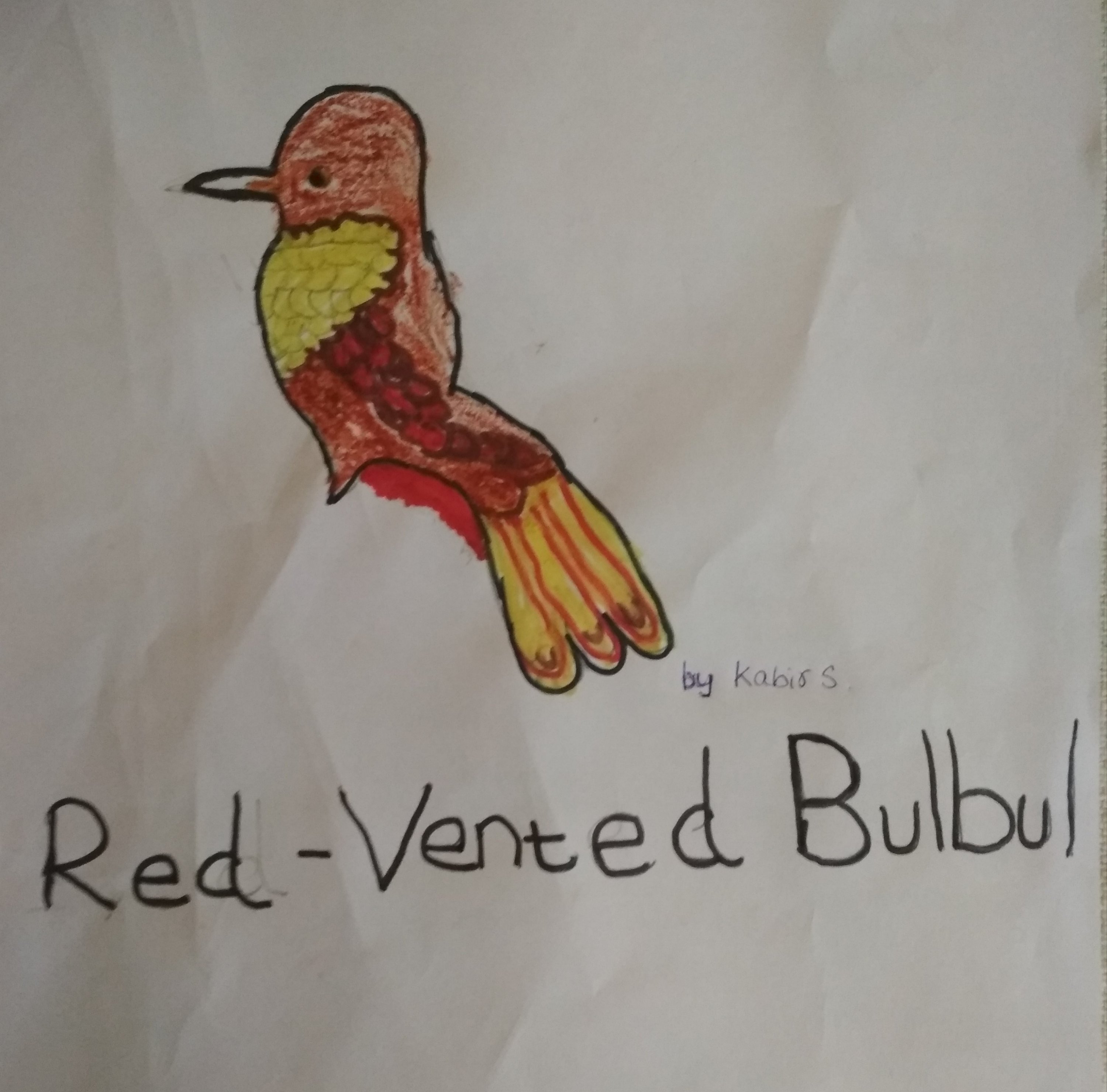
Bird-Watching Over the Years
We find instances of documentation of birds prevalent in ancient and medieval times.
In the 13th century, the Jain Poet and naturalist Hamsadeva was commissioned to document birds and animals and wrote a treatise called the Mrgapakshisastra, where he organized animals and birds into 36 groups. This treatise scientifically organizes birds based on their features, habitat, nature and so on.
In the 17th century, the Mughal Emperor Jehangir, who was a keen observer and life-long student of birdlife, also documented it extensively. He also often went hunting and is said to have opened out entrails of ducks and birds he hunted, to find out more about their internal organs, diet and so on! Jehangir was also greatly curious as to the difference in the birds he noticed in Kashmir, which he did not find in Agra – and went on to study them with seriousness.
However when we come to modern times, there is none to rival Salim Ali.
Fondly called the Birdman of India, Salim Ali’s contribution to the understanding of Indian birds is unparalleled. He knew them intimately and often travelled to remote and obscure regions of the Indian subcontinent at a time (Ali was born on 12th Nov, 1896) when studying birds was perhaps the last thing on anybody’s mind!
Here is a little story about Salim Ali.
When Salim Ali was a small boy, he was very fond of birds. But reflecting the values of those times, his fondness was expressed in a different way.
One day, when he was only 10, he aimed at a bird with his air-gun and shot it down.
Running to pick it up, he took the little bird in his hands and noticed that it was a sparrow-sized bird with a yellow throat. Not knowing the name of the bird, he asked his uncle (his parents had both passed away when he was very young) what bird it was.
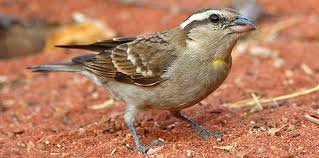
Not knowing the answer either, his uncle Abbas Tyabji, took him to the Bombay Natural History Society (BNHS) and introduced him to W.S. Millard, the then Secretary of the Society.
Greatly impressed by young Salim’s curiosity, Mr Millard told Salim that it was a yellow- throated sparrow and invited him in to see the collection of stuffed birds in the society.
Salim Ali would later say that, that one incident changed his life. He aptly named his autobiography “The Fall of the Sparrow”.

He spent his entire life thereafter in the study, and documentation of birds. He travelled to the most obscure and remote places and spent hours observing their behaviour. The details in his observation reflects in the descriptions he gives in his field guide
While today there are many field guides for Indian birds, almost everyone begins with the book of Indian birds by Salim Ali.
While the other field guides today carry more weight-age owing to the wider coverage and photographs (in place of illustrations), the descriptions given by Salim Ali are unmatched and a joy to read. Sample this description by Ali of the Common Sandpiper in his Field Guide.
“One of our earliest immigrants (August) and also one of the last to leave (May). A few non-breeding individuals remain in their winter quarters of the year. Never collect in flocks, but a few scattered examples sometimes seen together as when driven up the seashore rocks by the rising tide. Flies with characteristic stiff rapidly vibrating wing strokes close over the water, uttering a shrill piping tee-tee-tee. Besides this flushing note, has a pretty, longdrawn wheeit, wheeit repeated several times when the bird is perfectly undisturbed.’
(Description of the Common Sandpiper)
Extract from Salim Ali’s Birds of the Indian Subcontinent
I cannot help but being awed, not just by the detailed observation but also by the great description. The bird, its flight, its season, its call, its movement, its behaviour – all tightly squeezed into less than hundred words!
Besides, on the field I have noticed that in case of doubt, his descriptions almost always nail it! Find it absolutely Incredible!

While today, we have an array of field guides, equipment and tools to help site, document and identify birds, we would do well to remember that Salim Ali was operating in the early 1900s – when none of these things existed.
Want to read more about him and get to know more about Indian birds? Here are some books I’d recommend.

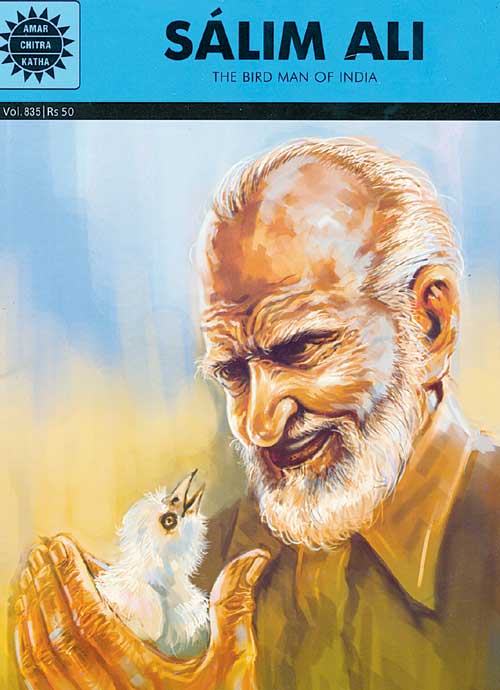

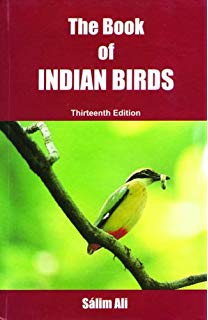
Another book, recently published that you can check out is Salim Mamoo and me – a story where Salim Ali’s niece narrates her experience of birding with her famous uncle, including sharing her angst about not being able to spot even the bird right under her nose!
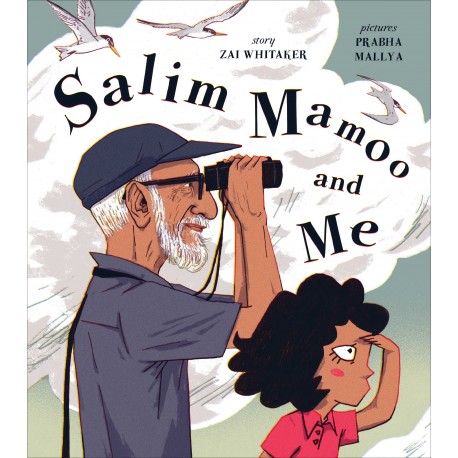
If you want to get your children started with birding, read this interview with ornithologist Nikhil Bhopale, ex-BNHS where Nikhil gives tips and ideas on how you can get your little one started with Bird-watching and exploring.
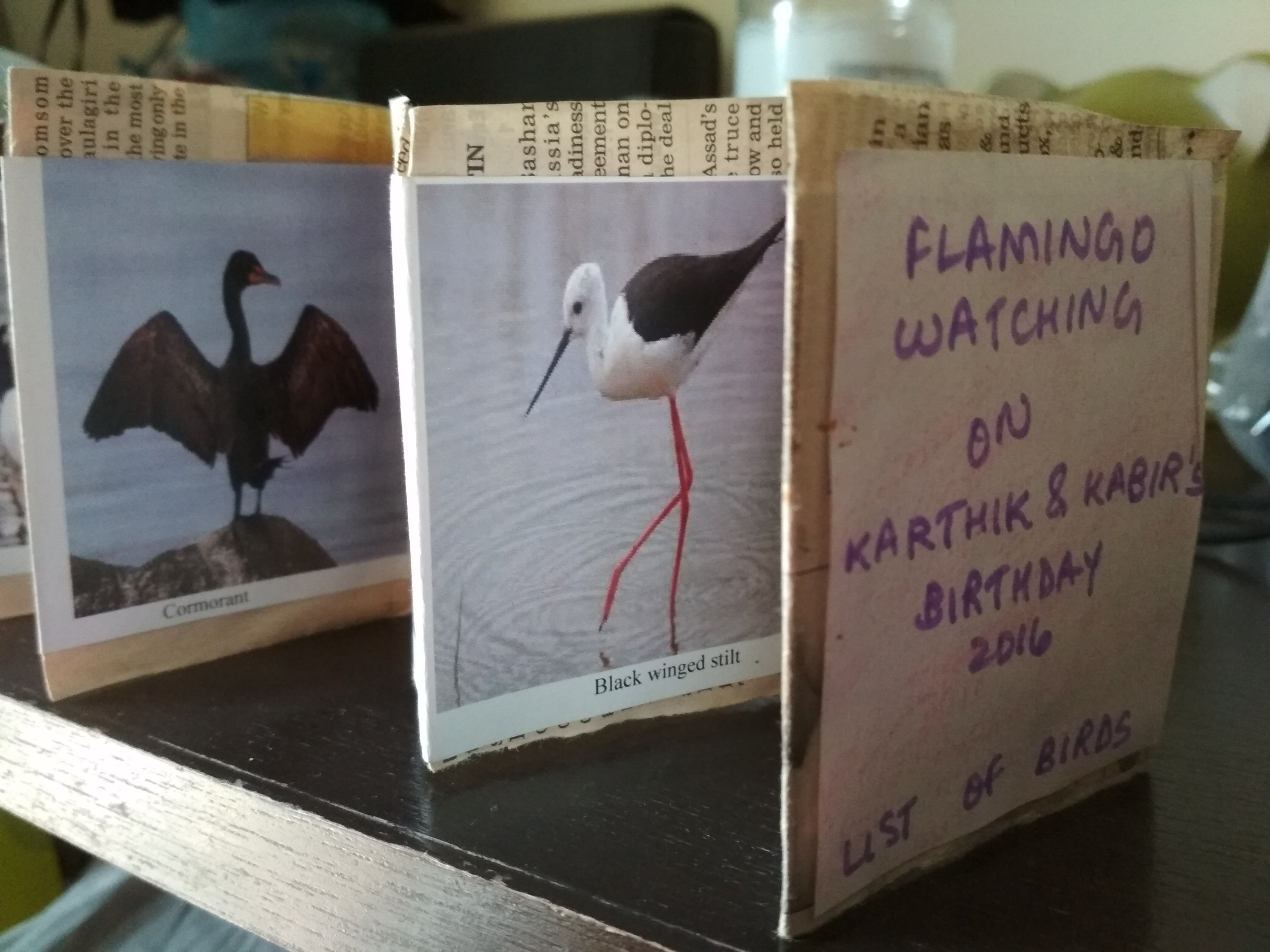
Also, gone are the days when one had to struggle as much as Salim Ali did, to document and record. Today, anybody with an eye for birding can help in recording the birds of India.
Visit Bird Count India which has projects like the Backyard Bird Count where you too can participate in documenting Indian birds. You don’t need to be an expert, nor travel into remote jungles. All you need is an avid interest, a desire to learn and you can do this right in your backyard. Visit their site to know more.

Desiree Urick
April 11, 2019 - 1:48 pm ·I found your blog website on google and test a couple of of your early posts. Proceed to keep up the superb operate. I simply further up your RSS feed to my MSN Information Reader. Seeking forward to reading more from you in a while!…
Mallika Ravikumar
April 22, 2019 - 10:12 pm ·Thank you so much. Glad you find my blog useful. Positive feedback from readers is a great boost to keep delivering. Thank you one again!